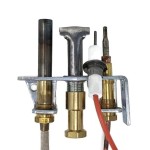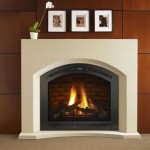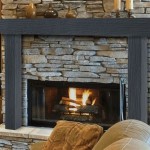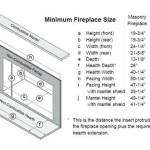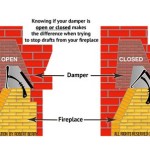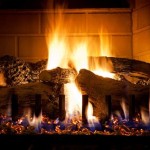Pilot Light On Gas Fireplace But No Flames: Troubleshooting Guide
A gas fireplace is a cozy and efficient way to heat your home, adding warmth and ambiance to any room. However, there are times when your gas fireplace may malfunction, leaving you with a lit pilot light but no flames. This situation can be frustrating, but it's often a simple issue that can be resolved with a little troubleshooting. Below, we'll explore the most common reasons why your pilot light may be on but your gas fireplace isn't producing flames, along with step-by-step instructions on how to address them.
1. Check the Gas Supply
The most obvious reason your gas fireplace isn't igniting is a lack of gas supply. This could be due to a few factors:
- Empty Gas Tank: If you have a propane gas fireplace, the first thing to check is whether the gas tank is empty.
- Closed Gas Valve: The valve that controls the flow of gas to your fireplace may be accidentally turned off. Check the valve at the gas line and ensure it is fully open.
- Blocked Gas Line: Debris or sediment buildup in the gas line can restrict the flow of gas. This is less common but possible. If you suspect a blockage, it's best to contact a qualified gas technician.
Ensure the gas valve is fully open, and if using a propane tank, check the tank's level. If the gas supply seems adequate, move on to the next potential issue.
2. Inspect the Pilot Light and Igniter
The pilot light is essential for igniting the main gas burner. If the pilot light is not burning properly or the igniter is faulty, the fireplace will not light. Here's what to check:
- Pilot Light Flame: Ensure the pilot light is burning with a steady blue flame. A flickering or yellow flame indicates an issue that needs to be addressed.
- Pilot Light Sensor: The pilot light sensor, also known as a thermocouple, is responsible for detecting the pilot light flame and keeping the gas flow open. If the sensor is dirty or malfunctioning, it may not detect the flame, causing the gas to shut off.
- Igniter: The igniter creates a spark that ignites the gas. A faulty igniter will prevent the gas from igniting.
To clean the pilot light sensor, turn off the gas supply to the fireplace and carefully remove any debris or dust using a soft brush. If the igniter appears damaged or the sensor is not working, contact a qualified gas technician for repairs.
3. Inspect the Gas Burner and Vents
The gas burner itself and surrounding vents can also contribute to ignition problems. Check for the following:
- Blocked Gas Burner: Spiderwebs, dust, or debris can obstruct the gas burner, preventing proper gas flow.
- Clogged Vents: Vents are responsible for drawing in fresh air and expelling combustion byproducts. Obstructed vents can hinder airflow, leading to poor combustion and flame issues.
Ensure the gas burner is clean and free from any obstructions. Also, check the vents to make sure they are unobstructed. Clean any debris or dust from the vents using a vacuum cleaner with a brush attachment or a soft brush.
If you've checked all these points and your gas fireplace still won't light, it's essential to call a qualified gas technician. Attempting to repair a gas fireplace without the proper knowledge and experience can be dangerous. A certified technician can diagnose the problem accurately and make the necessary repairs.

Gas Fireplace No Flame How To Fix Works On Most Brands

Gas Fireplace Won T Stay Lit Magic Touch Mechanical

Gas Fireplace No Flame How To Fix Works On Most Brands

Why Your Gas Fireplace Won T Light And How To Fix It

Gas Fireplace Pilot Light On But Won T Ignite Here S How To Fix It
My Gas Fireplace Pilot Light Works Perfectly However When I Flip The Switch For Rest Of To Turn On Nothing Happens What Quora

Gas Fireplace Pilot Light Won T Stay Lit Easy Fix

Gas Fireplace Pilot Lights Your Complete Guide Universe

Gas Fireplace Won T Stay Lit Magic Touch Mechanical

Gas Fireplace Pilot Light On But Won T Start We Have A Fix Upgradedhome Com
Related Posts

